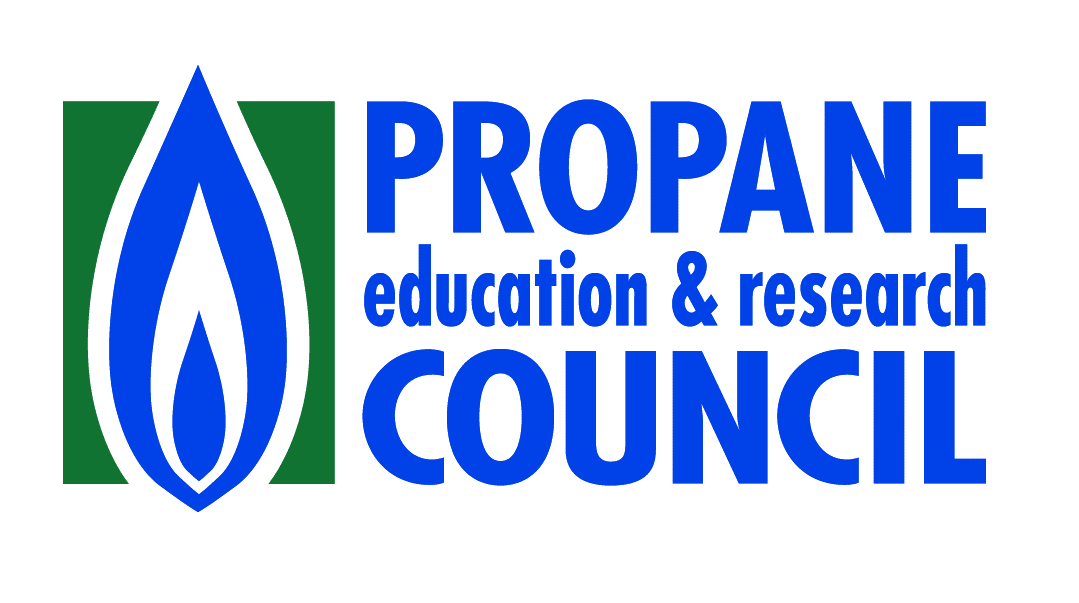For decades, fleet owners have relied on propane autogas as a powerful, low-carbon energy source to fuel everything from school buses to delivery vehicles, taxis to paratransit fleets and all kinds of medium-duty vehicles in between. The clean energy source has reduced emissions and improved air quality in neighborhoods from coast to coast. Now, renewable propane is making those reductions even better as an ultra-low carbon energy source. Renewable propane offers the same benefits as conventional propane — reliability, portability, and power — but with the added benefit of reduced emissions when compared with other energy sources.
Renewable propane is made from a variety of renewable feedstocks, primarily camelina plant oil, vegetable oil, animal fats, or used cooking oil, though it can also be made from soybean oil and animal tallow. It can be used alone or in innovative blends with other renewable or low-carbon energy sources — including conventional propane — to further reduce carbon emissions without sacrificing on performance and while meeting any fleet’s budget.
What does this mean for fleet owners? As renewable propane continues to grow in both availability and popularity, it means fleets can lower their carbon footprint even further without expensive modifications or upgrades.
Ultra-Low Carbon Emissions
When reviewing just how clean renewable propane is, it’s important to look at the carbon intensity — or the carbon emitted for every unit of energy produced — of the energy source. According to calculations from the Propane Education & Research Council (PERC), renewable propane has one of the lowest carbon intensity scores. While the carbon intensity of renewable propane depends on the feedstock, it scores between 20.5 and 43.5 (grams CO2 equivalent per megajoule). Comparatively, conventional propane’s carbon intensity score is 80, diesel is 100 and gasoline is 101.
Not to mention, renewable propane and conventional propane also offer fleets the benefit of reduced nitrogen oxide and particulate matter emissions. Today’s ultra-low NOx propane autogas engines are certified to 0.02 g/bhp-hr, which exceeds even the newest EPA guidelines for 2027 model year vehicles for 0.035 g/bhp-hr. As fleet owners look for ways to reduce their carbon footprints, renewable propane and conventional propane are positioned to provide fleets with the clean power they need.
Availability of Renewable Propane
The rising demand for renewable liquid fuels is driving the production of renewable propane. According to data from U.S. EPA, 4.6 million gallons of renewable propane were produced in 2021. However, within the next few years, 100 million gallons of renewable propane will likely be available with a total potential of 300 million gallons in the next decade. In fact, by 2050, renewable propane could meet half the world’s demand for non-chemical propane, according to the World LP Gas Association.
Getting Started with Renewable Propane or Propane Autogas
For fleet owners that already operate propane autogas vehicles, renewable propane can easily be used in existing engines without needing any modifications. Plus, fleets don’t need to change out any existing propane infrastructure to accommodate the energy source. If all infrastructure and garaging requirements are up to code, renewable propane and innovative blends with conventional propane can easily be added to a fleet.
For fleets that aren’t currently operating with propane autogas, the transition is a smooth and simple one. The first option is to replace older gasoline and diesel vehicles with new vehicles that operate solely on propane autogas or renewable propane blends. These OEM vehicles can be ordered directly through dealerships with minor adjustments to chassis specifications to accommodate propane autogas fuel tanks to meet the needed range requirements. The second option is to convert existing gasoline-powered fleets to a certified aftermarket bi-fuel system. EPA certified bi-fuel systems operate on propane autogas as the primary energy source, so they can reap the environmental benefits, but still have a reserve tank of gasoline to provide resiliency in the event of an emergency.
As for refueling infrastructure, propane autogas suppliers work with fleets to develop customized refueling plans. First, the most common and preferred way fleets refuel is by installing a private station on their property. No matter the size of the fleet, this option can be installed in virtually any location and can meet the needs of any operation at an affordable price. In most cases, propane suppliers will provide the equipment in exchange for a fuel contract that locks in a set price per gallon for a duration beneficial to both parties.
Fleets that don’t yet have infrastructure plans can also take advantage of mobile refueling. A propane supplier will customize a schedule to refuel vehicles on-site with a propane bobtail delivery truck. Finally, there is also a network of over 2,600 public refueling locations in most areas of the country that provide fuel for fleets. A complete list of public refueling stations is available from the U.S. Alternative Fuels Data Center.
As renewable propane continues to gain ground, it will elevate an already clean energy source like conventional propane into a new category and move fleets further down the path toward zero emissions. For more information on renewable propane, visit Propane.com/Renewable-Propane.
Steve Whaley is the director of autogas business development for the Propane Education & Research Council. He can be reached at stephen.whaley@propane.com. Visit Propane.com for more information.



